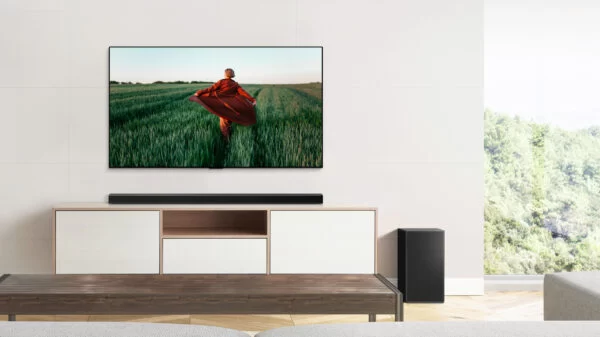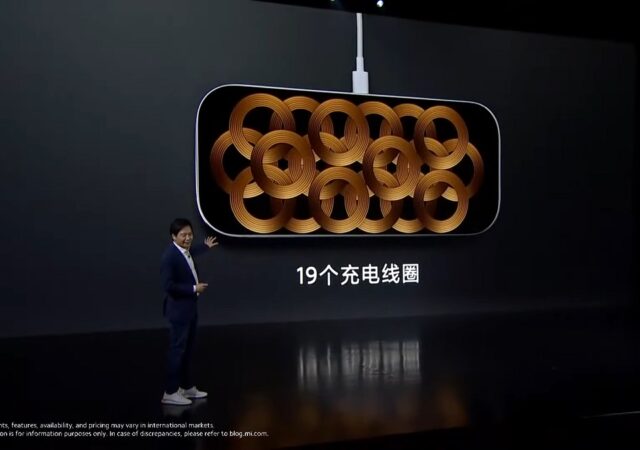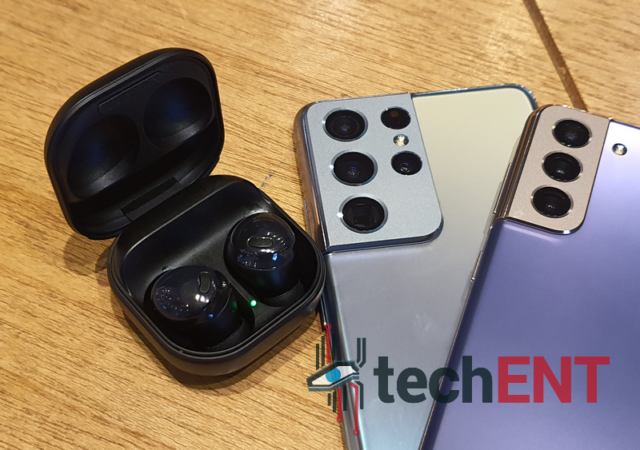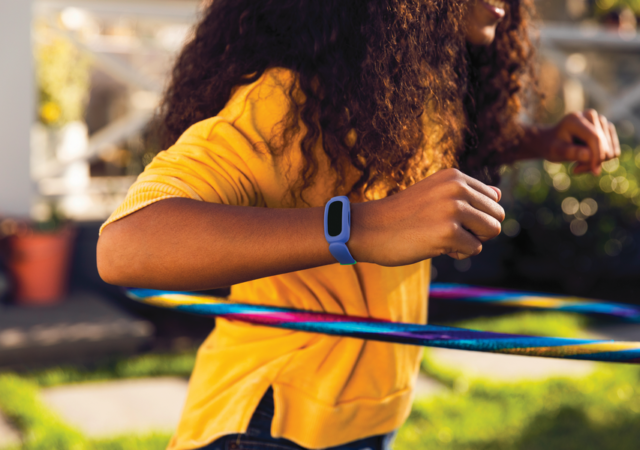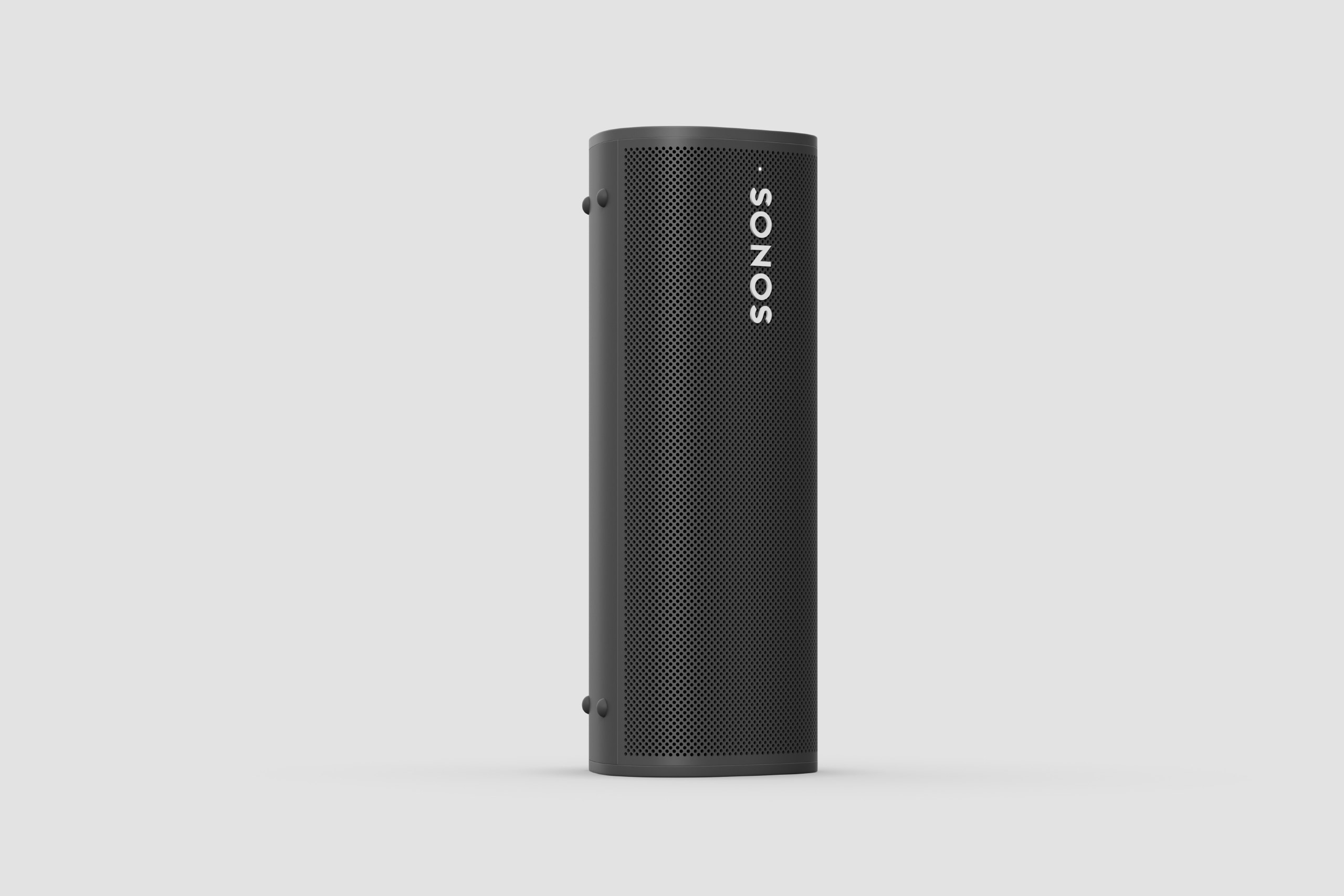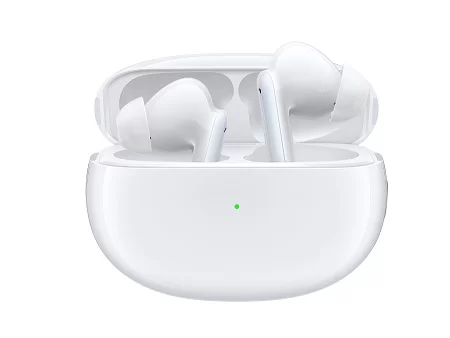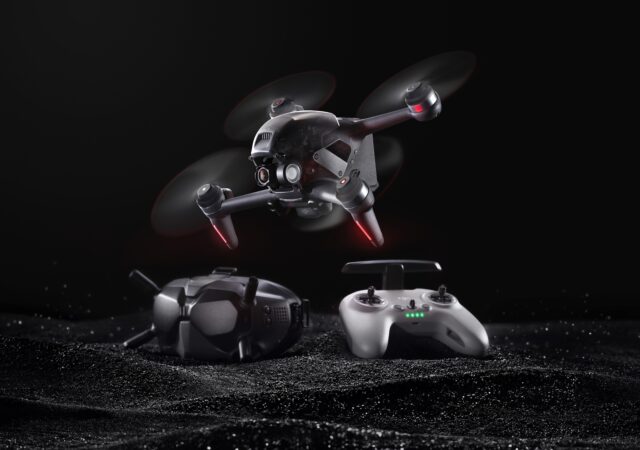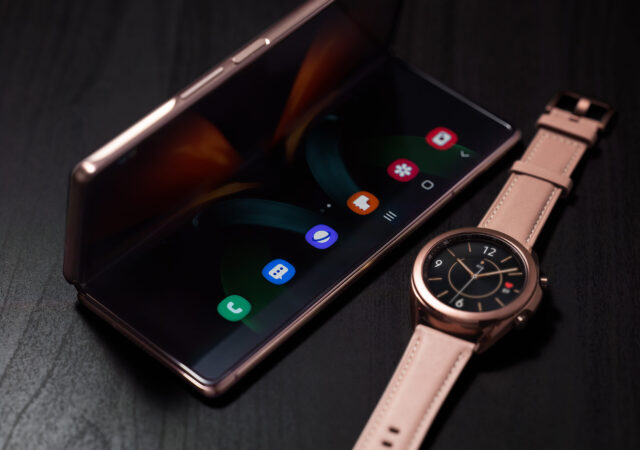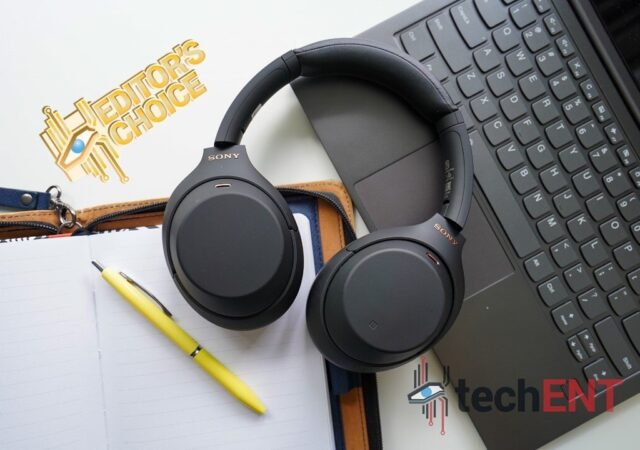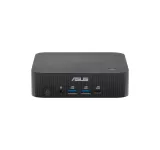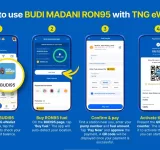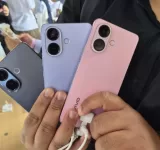LG Electronics (LG) brings new soundbars for 2021. The new soundbars sports Meridian Audio, Dolby Atmos, DTS:X, and supports Apple AirPlay 2.
WWDC 2021 is Happening! Purely an Online Affair from June 7, 2021 Onward!
Apple returns with WWDC for 2021. WWDC21 will be an all-virtual event and is set to be the biggest one yet by Apple.
Xiaomi Wireless Charging Solutions: Fulfilling Our Wireless Dreams
Xiaomi releases their new generation wireless charging with 80W capabilities and a pad that could charge up to 3 devices at 20W each.
Samsung Galaxy Buds Pro In-Depth Review: Hitting the Right Notes with Room for Improvement
Samsung’s Galaxy Buds Pro is the company’s latest offering when it comes to true wireless earbuds. How does it fair? Find out in our review.
Fitbit Ace 3 – Upgraded Smart Watch With Fitness Features for Kids
The latest Fitbit Ace 3 is a fitness tracker design for kids to develop healthy habits through their daily goals, it is also a sleep time reminder for kids to ensure kids have enough sleeping time based on their age.
SONOS Roam Launches in Malaysia, Available 21 April Onward for MYR 1,099!
SONOS just launched their smallest wireless speaker in their line-up, the Roam. SONOS Roam is available 21st April onward for MYR 1,099.
OPPO Enco X Launching in Malaysia Soon!
Update (11/03/21): The OPPO Enco X has launched globally with immediate availability. Official global pricing is EU€ 179 (MYR 879***). We are expecting the TWS earphone to arrive in Malaysia toward the end of March 2021 or early April 2021…
Samsung Smartwatches Joining the Wear OS Family?
Samsung’s Smartwatches may be joining the Google Wear OS family with the new Galaxy Watch.
The Sony WH-1000XM4 In-Depth Review – It Gets Better
Sony released their WH-1000XM4 over-ear headphone. We got to try the MYR 1,599 headphone for a while and here is what we think of it.



